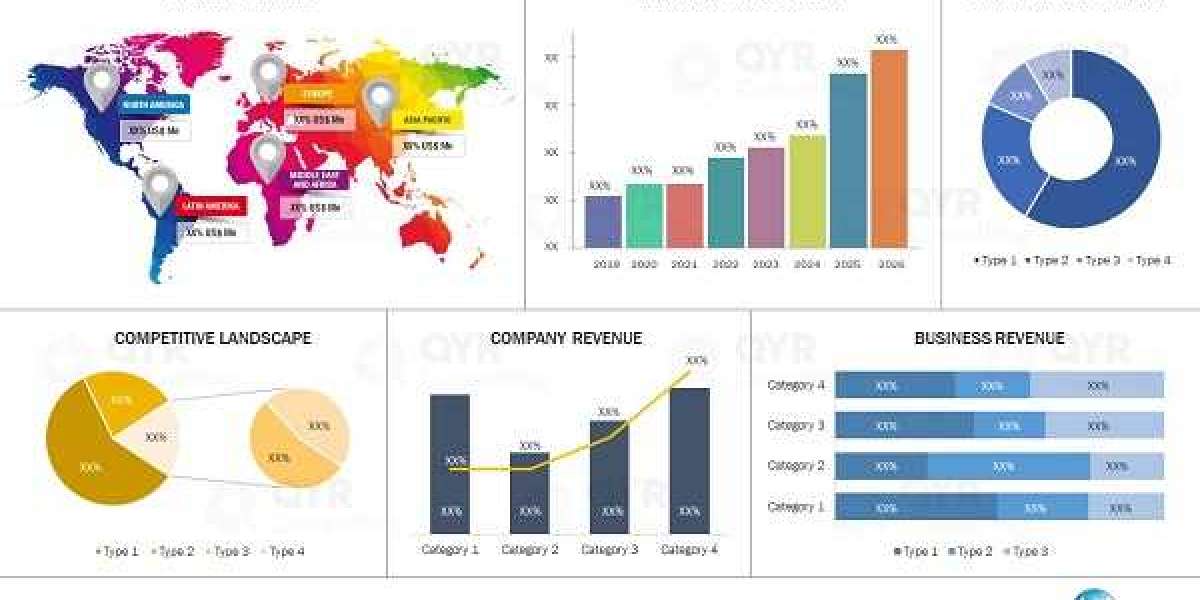As humans, people often face various problems in our lives that can affect our mental and emotional well-being. Some of these problems can be related to our personal lives, such as marriage issues, lost love, and family problems, while others can be related to our professional lives, such as business-related problems. Whatever the problem may be, it can be challenging to find a solution and move forward.
This is where the expertise of a Vashikaran Astrologer can come in handy. Pandith Sri Vasudev Dikshith is a well-known Vashikaran Astrologer in Bommanahalli who is known for his precise planning and ability to provide effective solutions to various problems. Pandith Sri Vasudev Dikshith uses his knowledge and expertise in Vashikaran to help his clients overcome their problems. Vashikaran Astrologer in Bommanahalli begins by listening to his clients’ problems and understanding their situation. Once Vashikaran Astrologer has a clear understanding of the problem, Vashikaran Astrologer suggests an appropriate solution that is tailored to their specific needs. One of the reasons why Vashikaran Astrologer in Bommanahalli is so successful in his work is his ability to provide 100% result in solving any problem. Whether it is a marriage problem, lost love, business-related problem, or any other issue, he makes sure that his clients get the desired outcome. Another reason why Vashikaran Astrologer in Bommanahalli is so popular among his clients is his fair and transparent approach. In conclusion, if you are facing any problem in your personal or professional life, and are unable to find a solution, then Pandith Sri Vasudev Dikshith is the person to approach. So, if you are looking for a Vashikaran Astrologer in Bommanahalli, then look no further than Pandith Sri Vasudev Dikshith.
Buscar
entradas populares
-
 Whole Life Insurance vs. Term Life Insurance: Which is Right for You in 2025
Whole Life Insurance vs. Term Life Insurance: Which is Right for You in 2025
-
 Future of 2-Chlorobenzyl Cyanide Market: Emerging Trends & Growth Forecast (2025–2031)
Future of 2-Chlorobenzyl Cyanide Market: Emerging Trends & Growth Forecast (2025–2031)
-
 Ultra-High Performance Concrete Market Overview: Growth, Share, Value, Insights, and Trends
Ultra-High Performance Concrete Market Overview: Growth, Share, Value, Insights, and Trends
-
 Quantum Computing: The Next Technological Revolution
Quantum Computing: The Next Technological Revolution
-
 Expert Law Assignment Help by Digi Assignment Help
Expert Law Assignment Help by Digi Assignment Help






